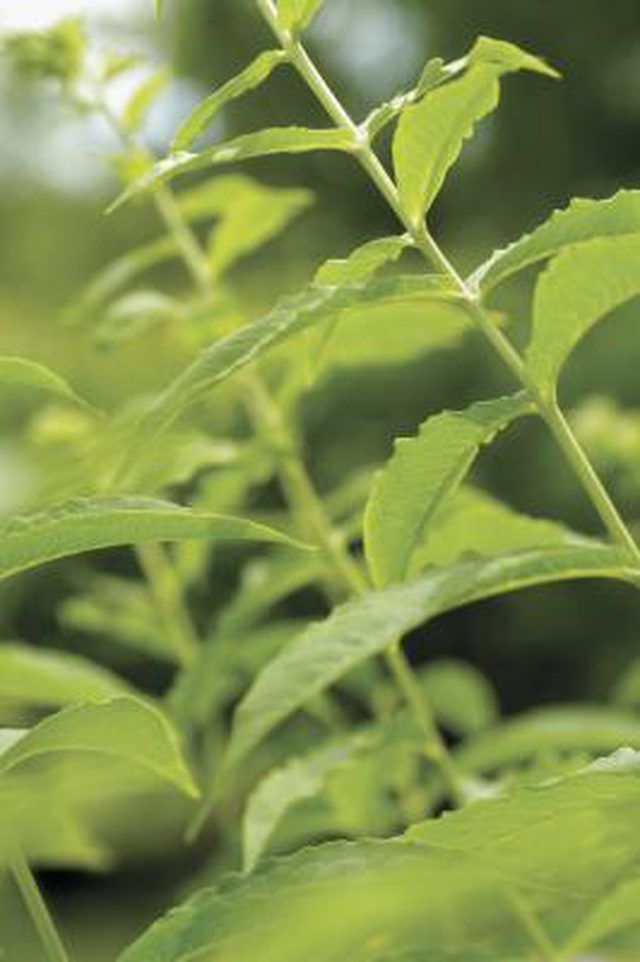Bulbs
Flower Basics
Flower Beds & Specialty Gardens
Flower Garden
Garden Furniture
Garden Gnomes
Garden Seeds
Garden Sheds
Garden Statues
Garden Tools & Supplies
Gardening Basics
Green & Organic
Groundcovers & Vines
Growing Annuals
Growing Basil
Growing Beans
Growing Berries
Growing Blueberries
Growing Cactus
Growing Corn
Growing Cotton
Growing Edibles
Growing Flowers
Growing Garlic
Growing Grapes
Growing Grass
Growing Herbs
Growing Jasmine
Growing Mint
Growing Mushrooms
Orchids
Growing Peanuts
Growing Perennials
Growing Plants
Growing Rosemary
Growing Roses
Growing Strawberries
Growing Sunflowers
Growing Thyme
Growing Tomatoes
Growing Tulips
Growing Vegetables
Herb Basics
Herb Garden
Indoor Growing
Landscaping Basics
Landscaping Patios
Landscaping Plants
Landscaping Shrubs
Landscaping Trees
Landscaping Walks & Pathways
Lawn Basics
Lawn Maintenance
Lawn Mowers
Lawn Ornaments
Lawn Planting
Lawn Tools
Outdoor Growing
Overall Landscape Planning
Pests, Weeds & Problems
Plant Basics
Rock Garden
Rose Garden
Shrubs
Soil
Specialty Gardens
Trees
Vegetable Garden
Yard Maintenance
History of Spearmint
History of Spearmint. Spearmint belongs to the mint family, along with peppermint. The refreshing herb flavors food, chewing gum and candy, and mouthwash and toothpaste. It also has medicinal properties. Its toothed leaves grow opposite each other on straight, heavy stalks.

Spearmint belongs to the mint family, along with peppermint. The refreshing herb flavors food, chewing gum and candy, and mouthwash and toothpaste. It also has medicinal properties. Its toothed leaves grow opposite each other on straight, heavy stalks.
Origin
Native to Europe, spearmint is referred to in the Bible as a tithe offering by the Pharisees. Romans cultivated spearmint and introduced it to the English during their conquests.
Culinary History
Before refrigeration, crushed spearmint was added to milk to keep it from curdling. Modern recipes ranging from savory to sweet call for the refreshing flavor of spearmint. The menthol contained in the leaves tricks the tongue into feeling like it came into contact with something cold. American Southerners popularized the practice of adding a sprig to iced tea or a mint julep to increase the refreshment quality of a cold drink.
Medicinal History
Early doctors used spearmint tea to cure colds, headaches and stomach problems, including vomiting and gas. Physicians often treated infant colic with a bit of spearmint tea.
Other Uses throughout History
Housekeepers during the Middle Ages used spearmint as a strewing herb, a fragrant plant thrown on the floor of a dwelling to freshen the air. It had the added advantage of repelling insects, mice and rats.